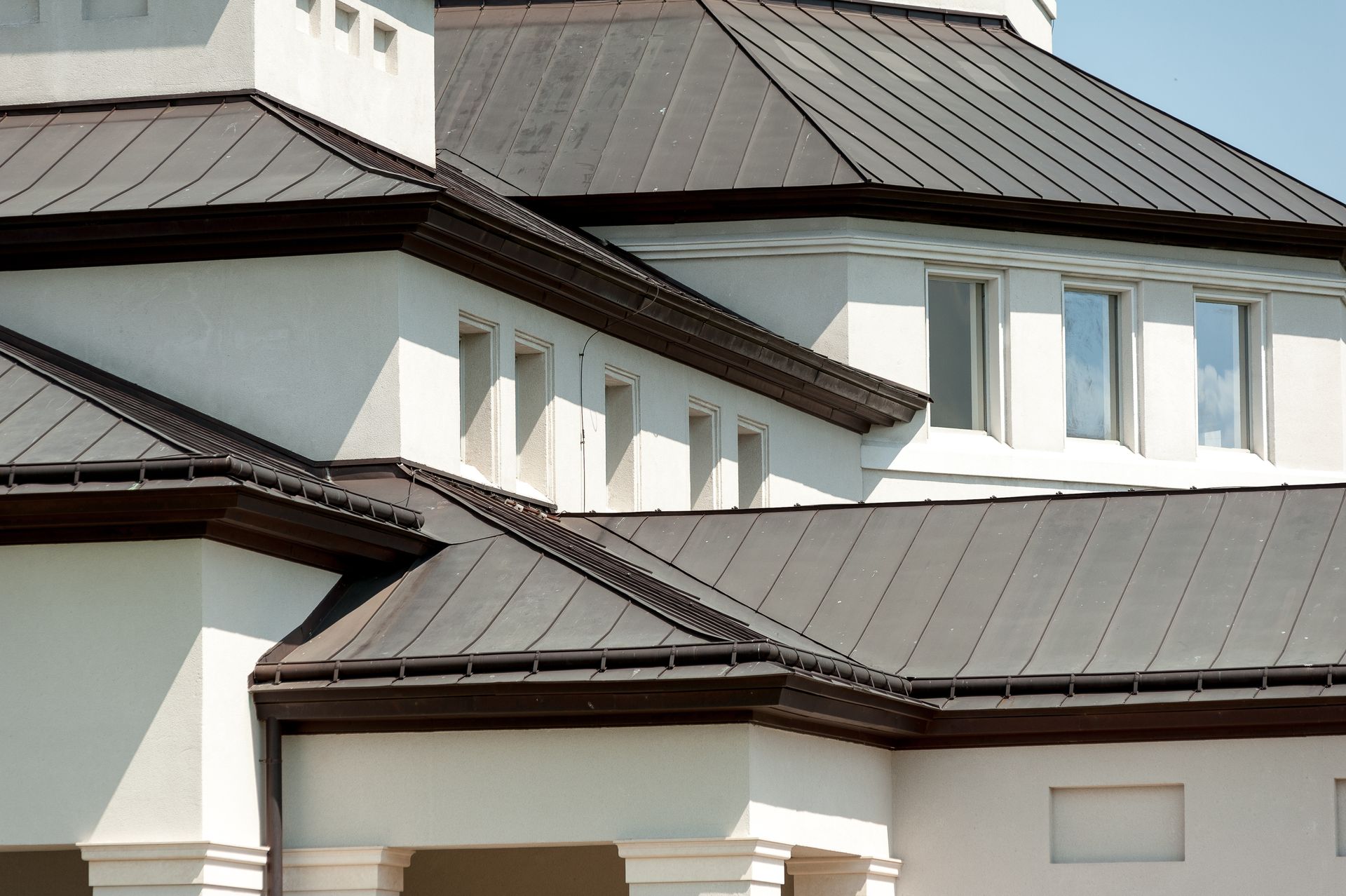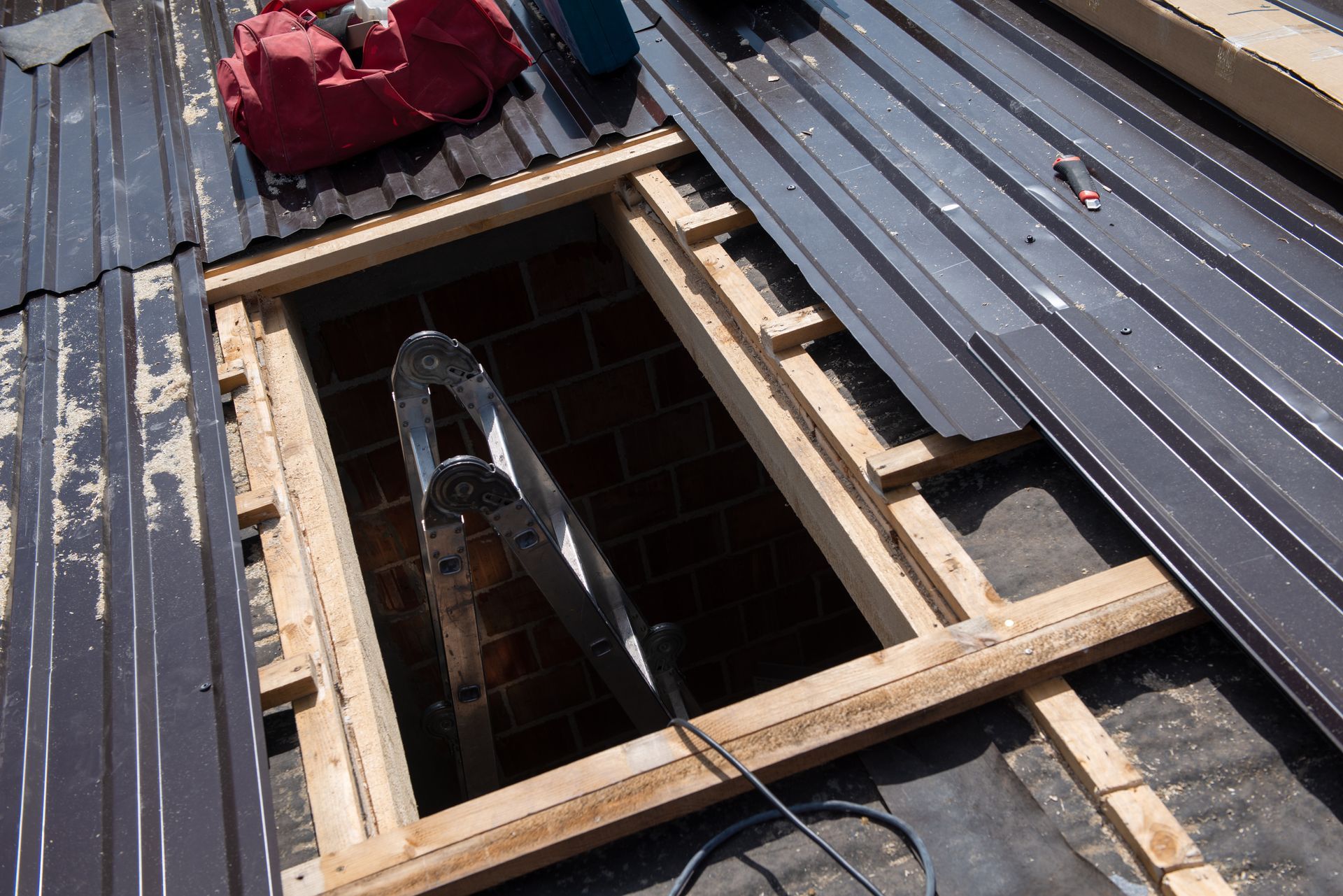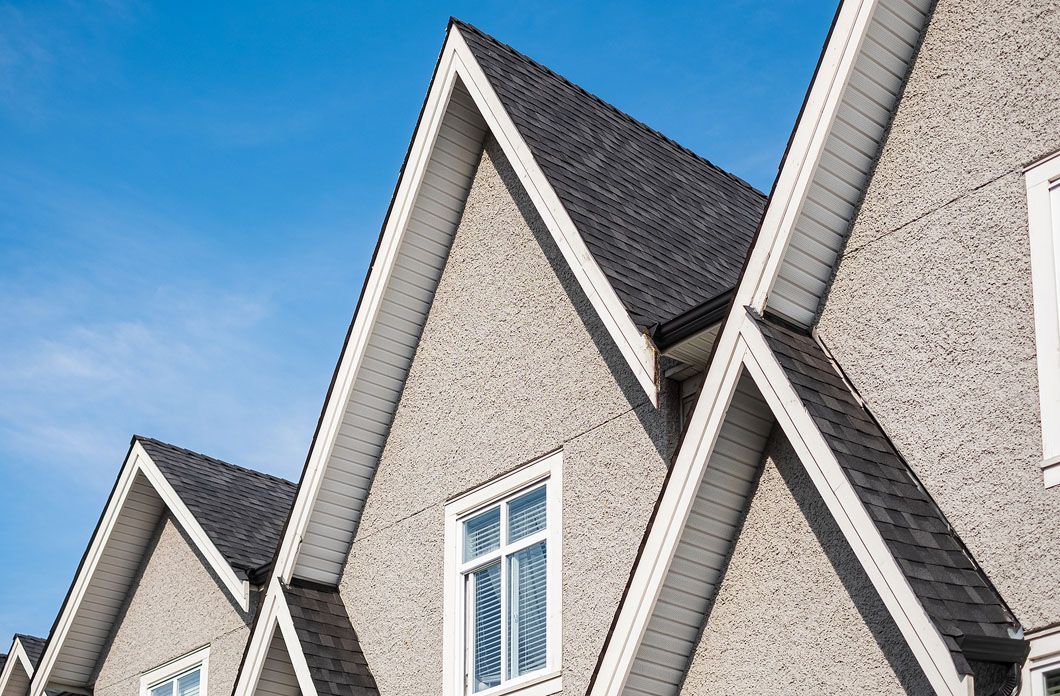Inspecting Your Roof: Clues of Damage and Required Repairs
Your roof is one of the most critical components of your home, offering protection against the elements, maintaining energy efficiency, and ensuring the structural integrity of your property. Over time, however, roofs can suffer damage from weather, age, and environmental factors. Regular inspections and timely repairs are essential to prolong the lifespan of your roof and prevent costly issues down the road. In this blog post, we’ll walk you through how to inspect your roof, the clues of damage you should be aware of, and the repairs that might be required to maintain a healthy roof.
Why Regular Roof Inspections Are Important
Your roof may seem sturdy and reliable, but it's continually exposed to harsh conditions, from UV rays and extreme temperatures to rain, snow, and wind. Over time, this exposure can lead to wear and tear that might not be immediately visible but can cause significant problems if left unaddressed.
Regular roof inspections help in:
- Detecting Small Issues Early: Small leaks, cracked shingles, or clogged gutters may seem minor but can quickly escalate into more serious problems like water damage, mold growth, or even structural compromise.
- Extending Roof Lifespan: By identifying and addressing potential problems early, you can prolong the life of your roof and delay the need for a full replacement.
- Preventing Expensive Repairs: Unchecked roof damage can result in water leaks, energy loss, and even pest infestations, leading to expensive repairs. Early intervention often means lower costs.
- Maintaining Your Home’s Value: A well-maintained roof contributes to your home’s overall value and curb appeal. It’s also one of the primary features home buyers look at during inspections.
Homeowners should aim to inspect their roofs at least twice a year, preferably in the spring and fall. Additionally, following severe weather events like hailstorms or heavy snow, it’s a good idea to check for any immediate damage.
Signs of Roof Damage to Look Out For
While a professional inspection is always recommended, there are several key signs of damage that you can look for yourself. These clues often indicate the need for repair or replacement to avoid further issues.
- Missing or Damaged Shingles: One of the most visible signs of roof damage is missing, cracked, or curling shingles. Shingles serve as the first line of defense against the elements. If they're damaged, it exposes the underlying roof layers to water infiltration, which can lead to leaks and wood rot.
- Sagging Roof: A sagging roof indicates structural damage, often due to prolonged water exposure, poor ventilation, or excess weight from snow and debris. This is a serious issue that requires immediate professional attention to avoid a potential roof collapse.
- Granule Loss in Shingles: If you notice a large number of granules in your gutters or around your home, this is a sign that your shingles are deteriorating. Granules protect your shingles from UV rays, and once they wear off, the shingles become vulnerable to damage.
- Water Stains on Ceilings or Walls: If you see dark or discolored patches on your interior ceilings or walls, this could indicate a roof leak. Even a small leak can lead to significant water damage, mold growth, and weakened structural integrity over time.
- Gutter Issues: Clogged or damaged gutters can lead to water pooling on your roof, causing leaks and ice dams. During your inspection, check that your gutters are clear of debris and functioning properly.
- Flashing Damage: Flashing, the metal material around chimneys, skylights, and vents, helps direct water away from these areas. Damaged or corroded flashing can allow water to seep in, causing leaks.
Common Causes of Roof Damage
Understanding the common causes of roof damage can help you take preventative measures. Whether from weather conditions or wear and tear, several factors contribute to roof deterioration.
- Weather Events: Hailstorms, strong winds, heavy snow, and ice can all cause significant damage to roofs. Hail can dent or puncture shingles, while high winds can rip them off entirely.
- Aging Roof Materials: Roofs are not designed to last forever. Asphalt shingles can last 20 to 30 years, but their durability depends on their quality. Over time, even the best materials break down, leading to leaks and other issues.
- Poor Maintenance: A lack of regular maintenance, such as cleaning gutters or trimming overhanging tree branches, can accelerate roof deterioration. Debris buildup or clogged gutters can lead to standing water, while tree branches can scratch or puncture shingles.
- Ventilation Issues: Proper attic ventilation is essential for a healthy roof. Without it, moisture can become trapped, leading to mold, mildew, and wood rot. Ventilation also helps regulate temperature, preventing ice dams in the winter.
- Pests: Animals like squirrels, birds, and rodents can damage your roof by chewing through shingles and flashing or creating nests in gutters and under eaves.
Types of Roof Repairs You May Need
Once damage is detected, the type of repair needed will depend on the extent of the issue. Here are some common roof repairs homeowners may face:
- Shingle Replacement: If only a few shingles are damaged or missing, a simple repair may involve replacing individual shingles. This is a relatively inexpensive fix that can prevent larger issues.
- Flashing Repair or Replacement: Damaged flashing can be replaced or resealed to prevent water intrusion around chimneys, skylights, and vents.
- Gutter Repair: If gutters are damaged or improperly installed, they can be repaired or realigned to ensure proper water drainage. In some cases, installing new gutters may be necessary.
- Roof Patching: For small leaks, a roofing patch may be used to seal the affected area. This is often a temporary fix until a more permanent solution can be applied.
- Full Roof Replacement: In cases of extensive damage or an aging roof, a full replacement may be necessary. This is especially true if the underlying structure has been compromised or if the roof has reached the end of its lifespan.
When to Call a Professional Roofer
While it’s possible to spot some roof damage on your own, certain repairs require a professional touch. Roofing work can be dangerous, especially if you’re dealing with steep slopes, heights, or structural issues.
You should call a professional roofer if:
- You notice significant damage: If your roof has multiple missing or damaged shingles, sagging areas, or water leaks, it’s time to call in the experts.
- The roof is near the end of its lifespan: If your roof is nearing 20-30 years old, it’s best to have a professional assessment to determine if repairs or a full replacement are necessary.
- You’re unsure about the extent of the damage: Professional roofers can perform a thorough inspection, including areas not visible to the untrained eye, such as the roof decking and underlayment.
- There’s been a severe weather event: After a major storm, hail, or wind event, it’s always a good idea to have a professional inspect your roof for hidden damage.
Contact K&C Construction for Roof Inspections and Repairs
If you’ve noticed any signs of roof damage or it’s been a while since your last inspection, don’t wait until it’s too late. At K&C Construction, we specialize in roof inspections, repairs, and replacements. Our experienced team will thoroughly assess your roof and provide the necessary solutions to keep your home safe and secure.
Call us today at
(970) 210-0502, and let’s make sure your roof is ready to protect your home for years to come. We also do professional
plumbing,
remodeling, and
gutter services.
FAQs
How often should I inspect my roof?
Ideally, you should inspect your roof twice a year, in the spring and fall, as well as after any severe weather events.
What are the warning signs of roof damage?
Some common signs include missing or damaged shingles, sagging areas, water stains on ceilings, and excessive granules in your gutters.
Can I repair a roof leak myself?
While small repairs may be manageable, roof work is dangerous and complex. It’s always best to hire a professional to ensure the job is done safely and correctly.
How long does a typical roof last?
Most asphalt shingle roofs last between 20-30 years, depending on the quality of materials and maintenance.
How much does a roof inspection cost?
The cost of a roof inspection can vary, but many roofing companies, including K&C Construction, offer free or low-cost inspections. Call us at (970) 210-0502 to learn more.


NAVIGATE
Professional Construction Company
Proudly Serving the Delta, CO Area
All Rights Reserved | K&C Construction




